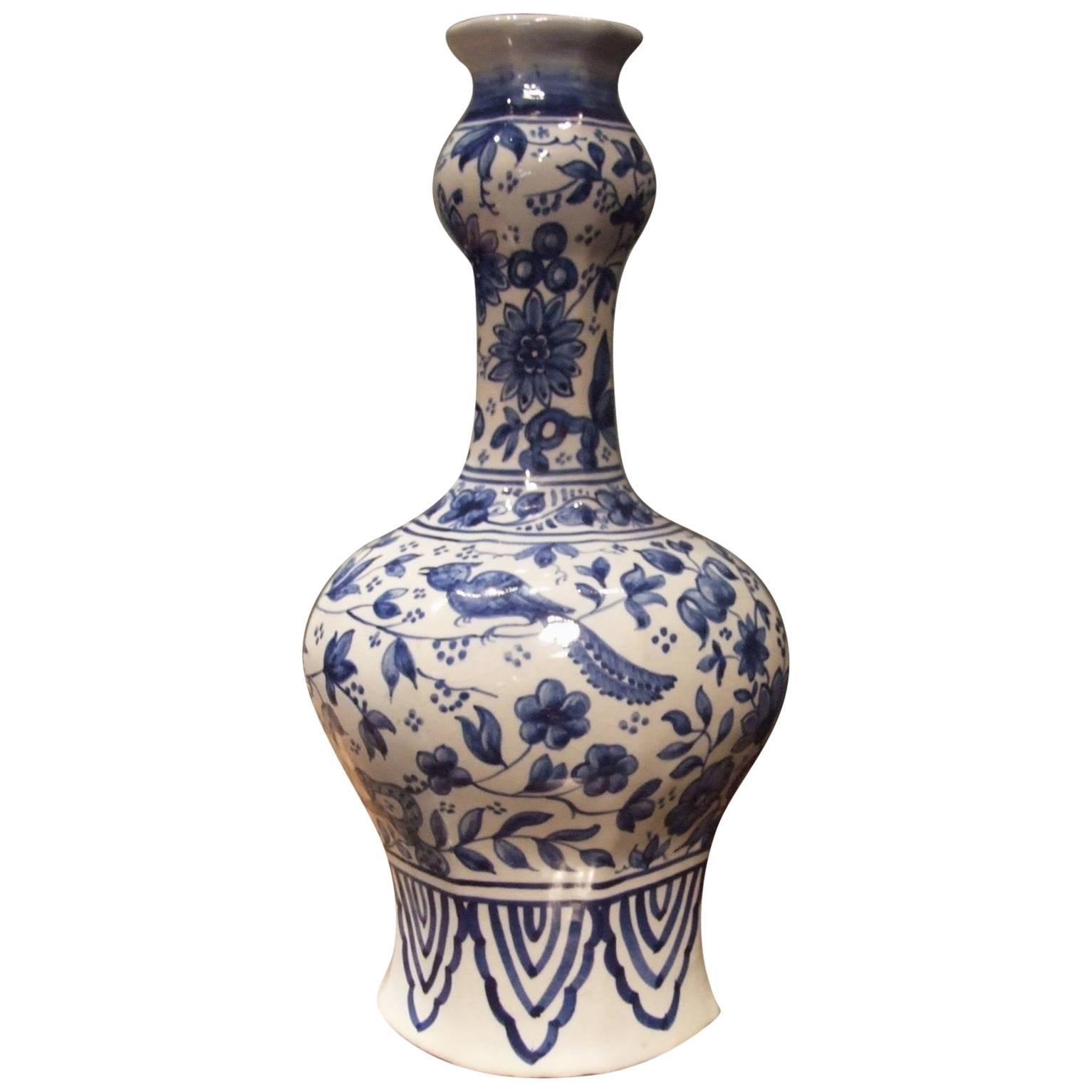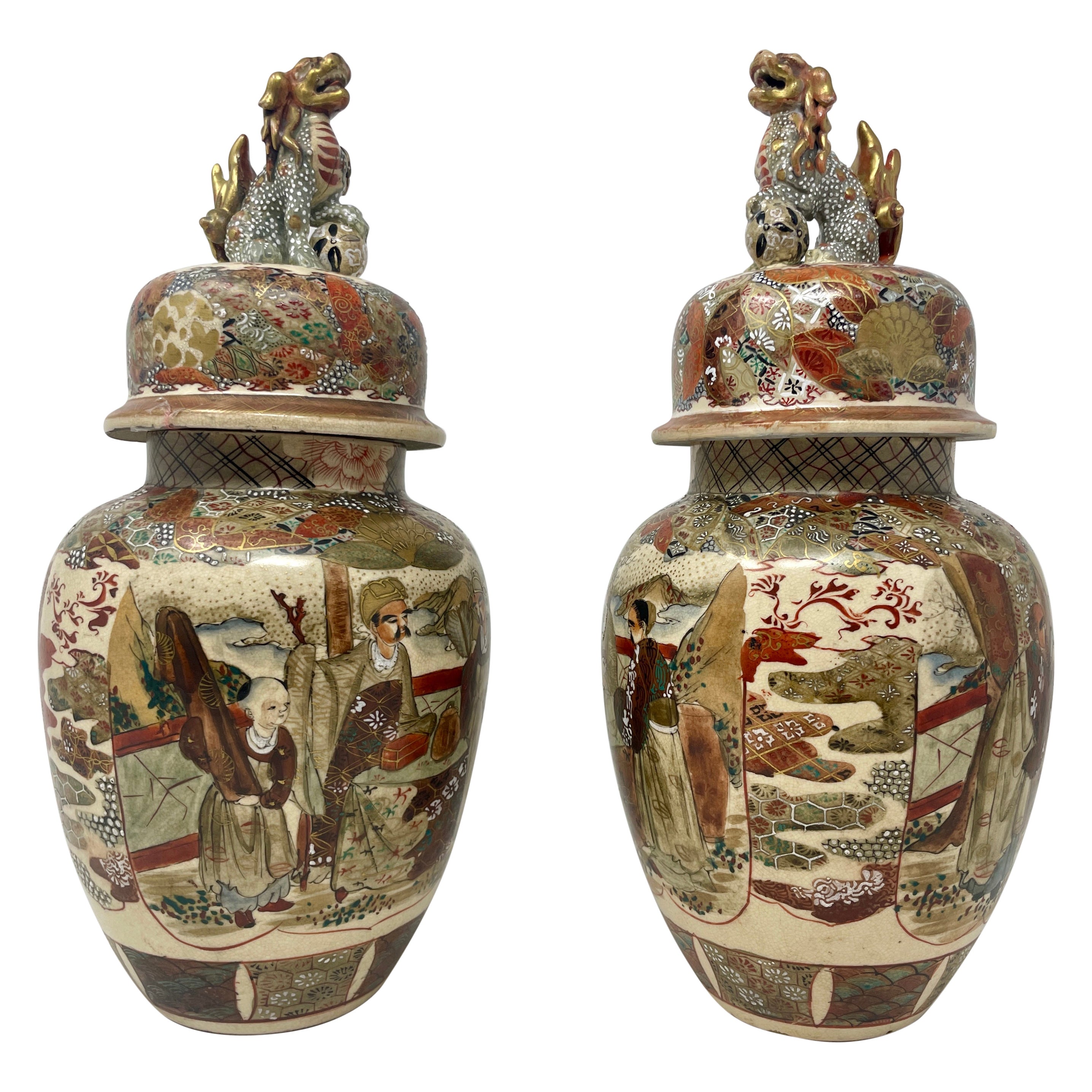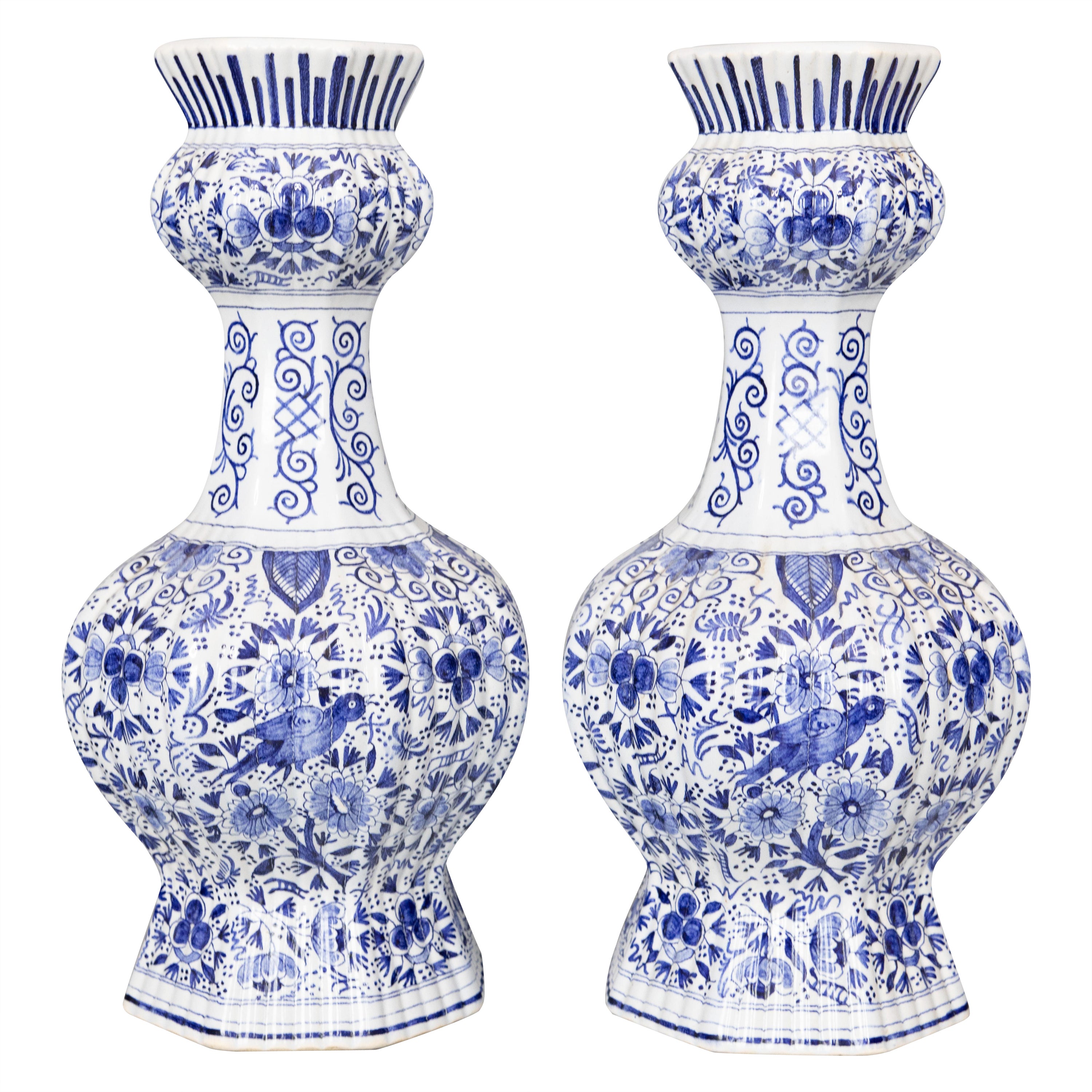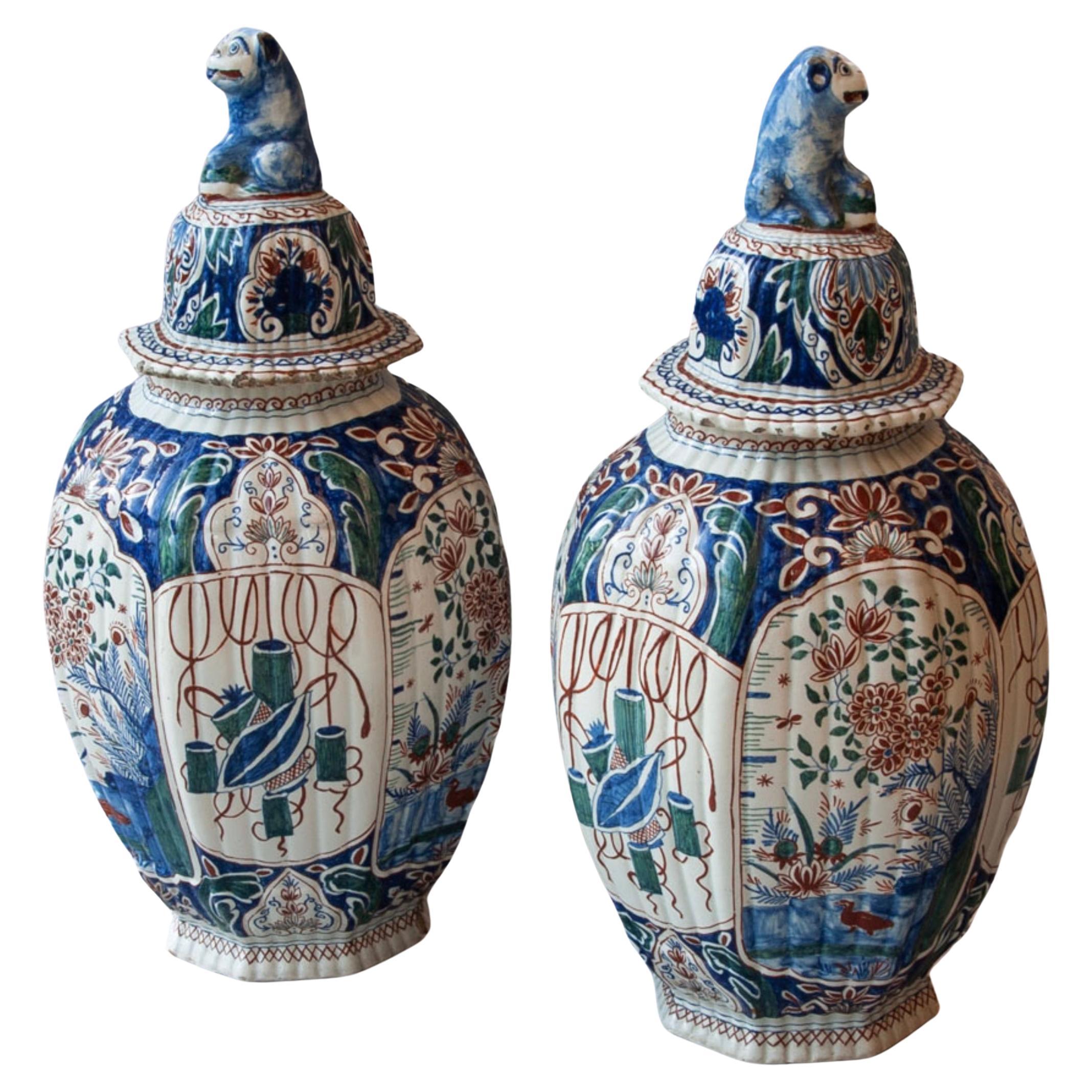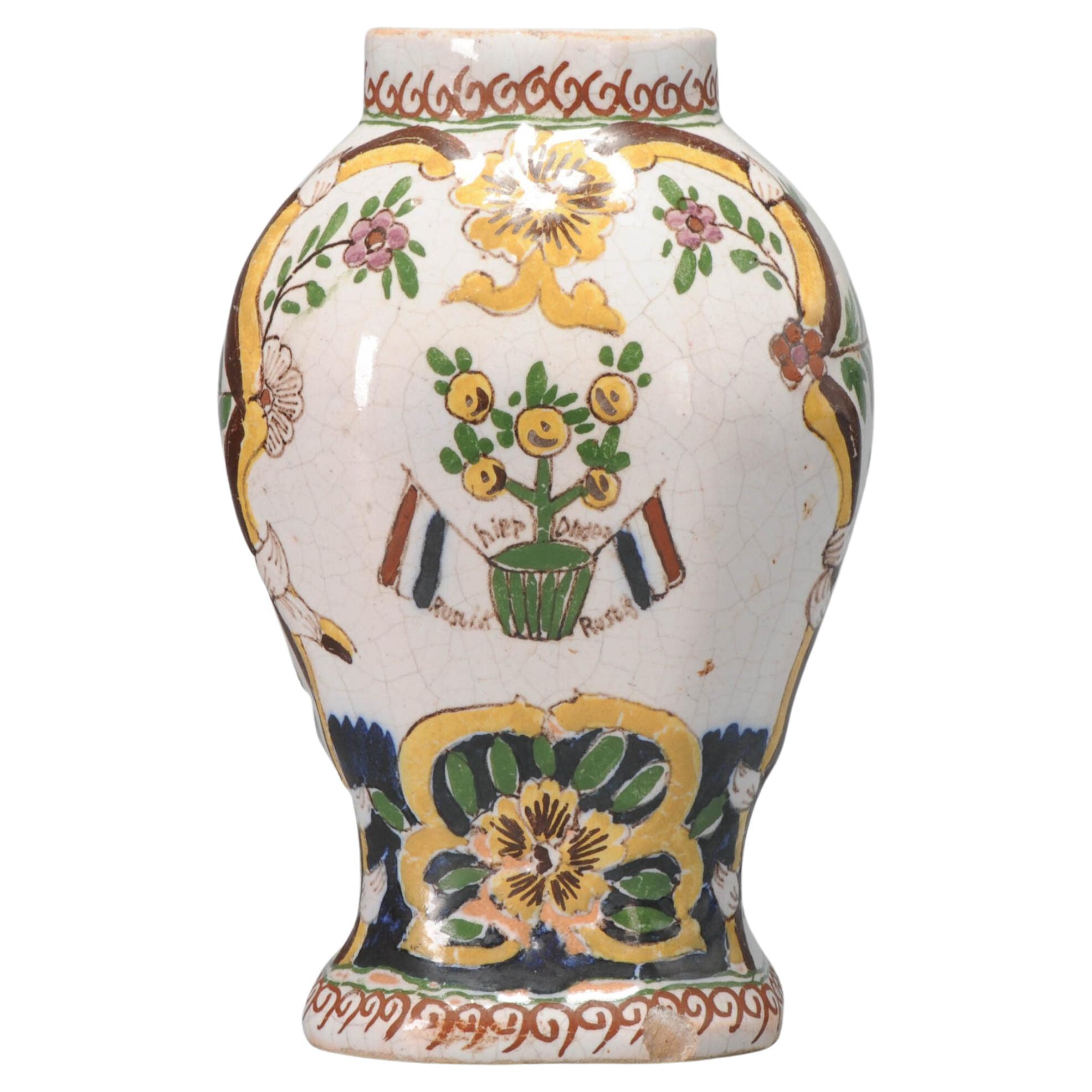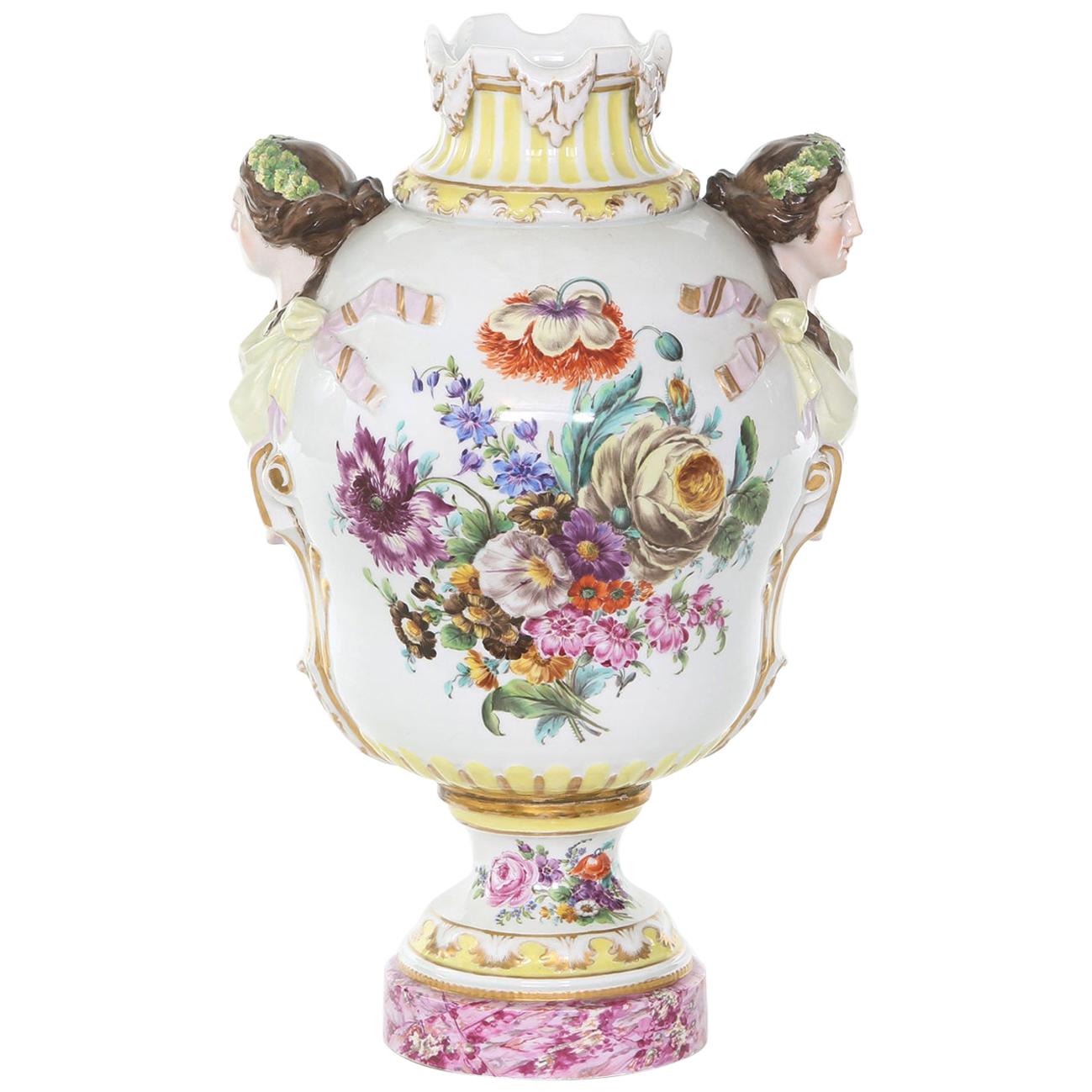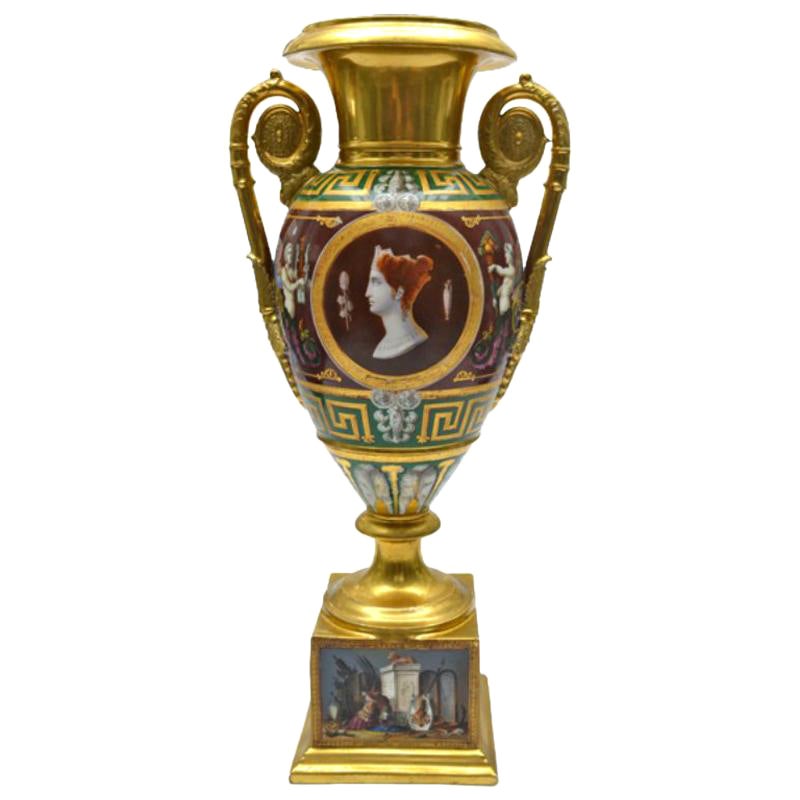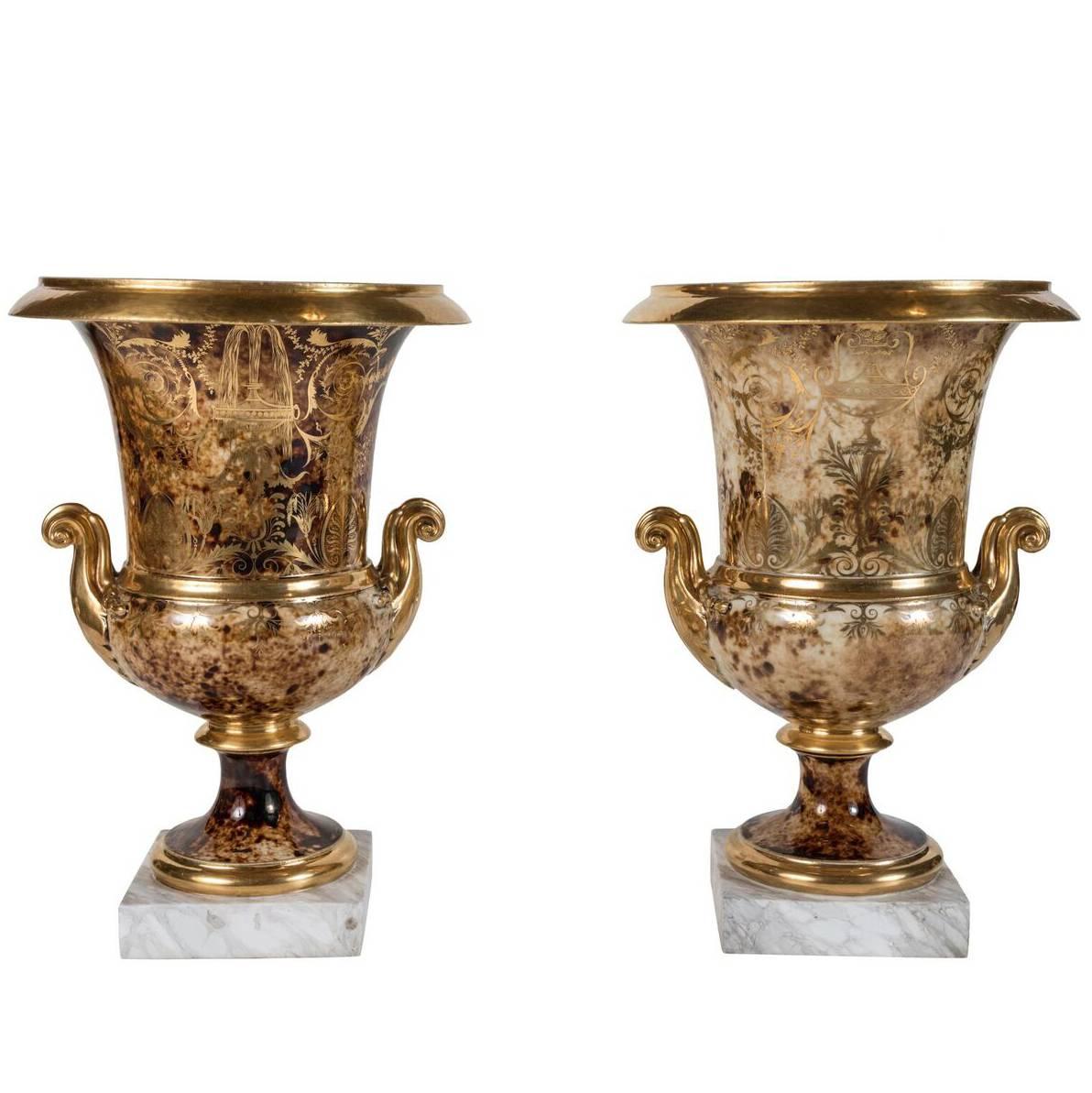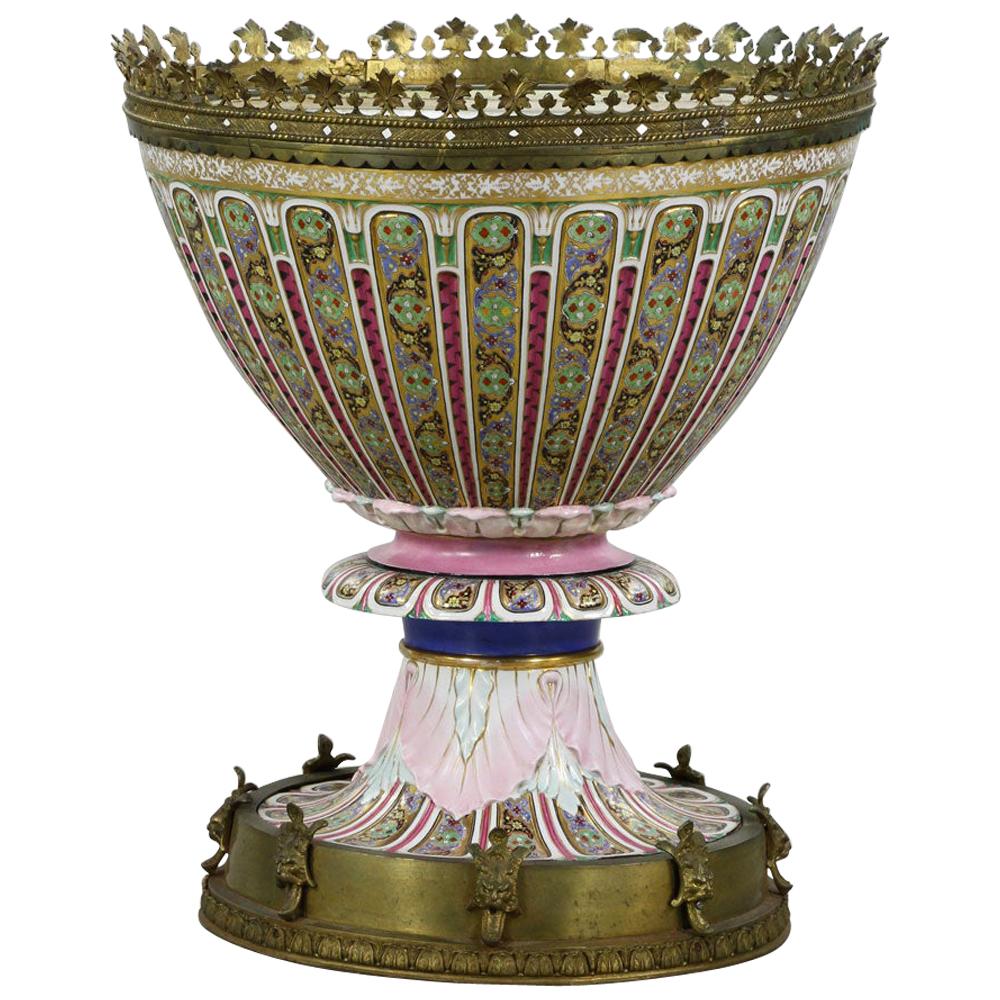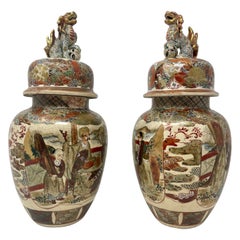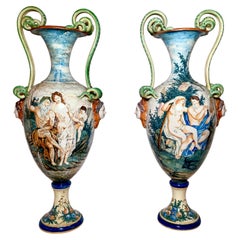
Antique 19th Century Dutch Delft Porcelain Tulipiere Urn, circa 1840
View Similar Items
Want more images or videos?
Request additional images or videos from the seller
1 of 5
Antique 19th Century Dutch Delft Porcelain Tulipiere Urn, circa 1840
About the Item
- Dimensions:Height: 11.5 in (29.21 cm)Width: 15 in (38.1 cm)Depth: 9.5 in (24.13 cm)
- Materials and Techniques:
- Place of Origin:
- Period:
- Date of Manufacture:1840
- Condition:Wear consistent with age and use.
- Seller Location:New Orleans, LA
- Reference Number:Seller: URN0871stDibs: LU2854316454151
About the Seller
4.7
Vetted Seller
These experienced sellers undergo a comprehensive evaluation by our team of in-house experts.
Established in 1899
1stDibs seller since 2017
271 sales on 1stDibs
Typical response time: 1 hour
More From This SellerView All
- Pair Antique 19th Century Japanese Satsuma Porcelain Urns, Circa 1880Located in New Orleans, LAPair Antique 19th Century Japanese Satsuma Porcelain Urns with Foo Dogs, Circa 1880.Category
Antique Late 19th Century Japanese Urns
MaterialsPorcelain, Ceramic
- Pair Antique 19th Century Italian "Majolica" Porcelain Urns Mythological ScenesLocated in New Orleans, LAPair antique 19th century Italian "Majolica" porcelain urns with hand-painted mythological scenes.Category
Antique 19th Century Italian Urns
MaterialsPorcelain
- Pair Antique French 19th Century Neoclassical Bronze UrnsLocated in New Orleans, LAPair antique French 19th century neoclassical bronze urns.Category
Antique 19th Century French Urns
MaterialsBronze
- Pair Antique 19th Century English Mahogany Cutlery Urns / Knife Boxes Circa 1890Located in New Orleans, LAPair antique 19th century English mahogany cutlery urns / knife boxes, Circa 1890.Category
Antique 19th Century English Knife Boxes
MaterialsMahogany
- Antique 18th Century Dutch Delft Porcelain PlateLocated in New Orleans, LAThis is a very old and beautiful porcelain plate.Category
Antique Late 18th Century Dutch Porcelain
MaterialsPorcelain
- Pair Antique Late 19th Century Porcelain Covered Jars with "Dresden" MarksLocated in New Orleans, LAPair antique late 19th century porcelain covered jars with "Dresden" marks.Category
Antique Late 19th Century Jars
MaterialsPorcelain
You May Also Like
- 19th Century Dutch Delft VaseLocated in Greenwich, CT19th century Dutch blue and white delft vase with foliage and pheasant decoration having an elongated neck and graceful, elegant form.Category
Antique Late 19th Century Dutch Baroque Vases
MaterialsEarthenware
- Blue and White Delft Tulipiere or Tulip Holder Made 19th Century circa 1870Located in Katonah, NYThis blue and white Dutch Delft tulipiere or tulip holder shows a lovely romantic scene. We see a shepherdess delicately walking onto a stepping stone...Category
Antique Late 19th Century Dutch Romantic Vases
MaterialsDelft
- 19th Century Dutch Delft Tobacco JarLocated in Bradenton, FL19th Century rare Dutch Delft tobacco jar. Hand painted in blue and white. Tobacco was an important source of income in the Netherlands from the 17th through the 19th century. This ...Category
Antique 19th Century Dutch Dutch Colonial Jars
MaterialsCeramic
- 19th Century Dresden Porcelain Decorative UrnLocated in Tarry Town, NYMid-19th century large Dresden gold gilt with painted scene design details porcelain decorative urn / vase. The urn / vase is in good antique condition. M...Category
Antique Mid-19th Century European Urns
MaterialsGold
- Chinese Export 19th Century Porcelain UrnLocated in West Palm Beach, FLA beautiful 19th century Chinese Export porcelain urn with striking French 19th century Louis XVI st. ormolu mounts. The urn is raised by an elegant square ormolu base with concave c...Category
Antique 19th Century French Louis XVI Urns
MaterialsOrmolu
- Early 19th Century Paris Porcelain UrnLocated in Vancouver, British ColumbiaA museum quality early 19th century Paris porcelain urn. The twin handled vase sits on a rectangular porcelain base (modelled as part of the vase), which is decorated on all four sides with finely painted scenes titled 'Gene de Corrinte', 'Gene de Mytilene', 'Gene de Sparte', and 'Gene de Chiu' in reference to various Greek city states. The ovoid body of the vase is richly decorated with Greek key and stylized acanthus designs over and below a large gilt framed oval cameo of Athena on one side and a similar cameo on the other side bearing an undecipherable name. The overall background colour scheme of the vase is dark red/burgundy and dark emerald green, two colours which were more commonly used by the Dagoty factory in Paris than other porcelain manufacturing firms at the time. The vase is unsigned. Note: Pierre Louis Dagoty's porcelain was characterized by the use of vivid colours and the thick application of burnished gold leaf. He borrowed from the repertoire of Neoclassical ornament but his designs also included Egyptian and Chinoiseries motifs. Dagoty's elegant ceramics won him the patronage of Empress Joséphine. At the height of production, in 1807, he employed over a hundred workers, and exported his wares to Russia. After the fall of the First French Empire in 1814, manufacture continued under the Duchesse d'Angoulême, the only surviving child of Louis XVI and Marie-Antoinette. Between 1816 and 1820, Dagoty worked in partnership with François Maurice Honoré. In 1817. Dagoty and Honoré received a commission from President James Monroe...Category
Antique 1810s French Empire Urns
MaterialsPorcelain
Recently Viewed
View AllMore Ways To Browse
Antique Dutch Vase
Delft Urn
Tulipiere Vase
Antique Tulipiere
Delft Tulipiere
Dutch Tulipiere
French 19th Century Bronze Urn
Antique Flower Urns
Urn Gilt Bronze
Marble Urns 19th
Pair Of Painted Urns
French Marble Urn
French Marble Urns
Vintage Urn Vases
Vintage Urns Vases
Vintage Urn Vase
Antique Italian Urns
Three Urns
